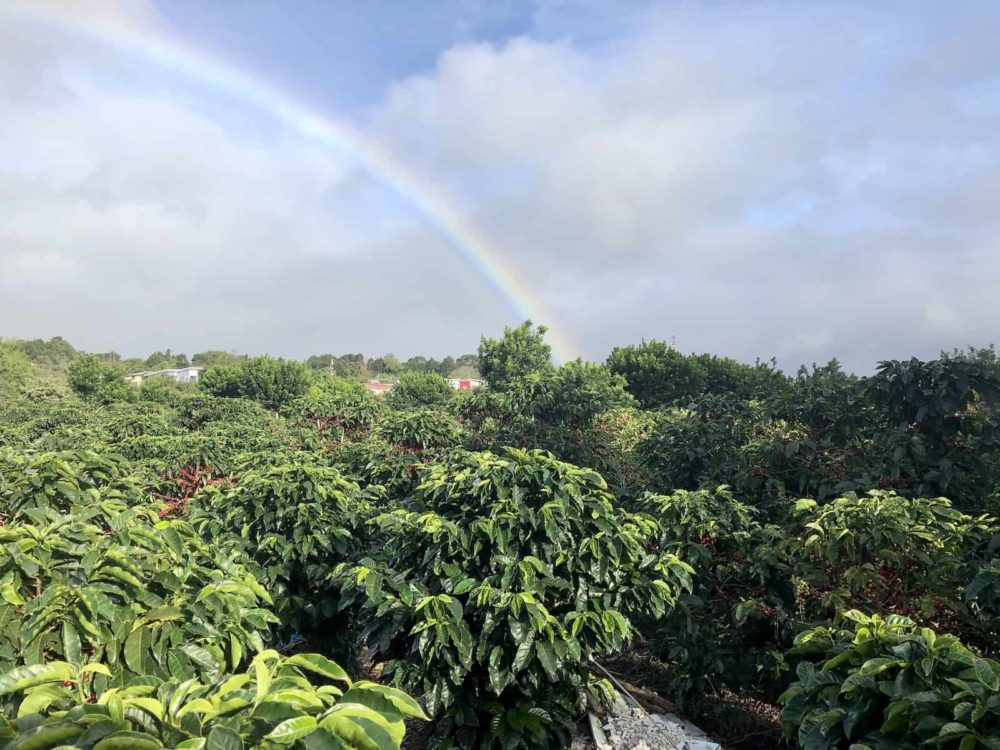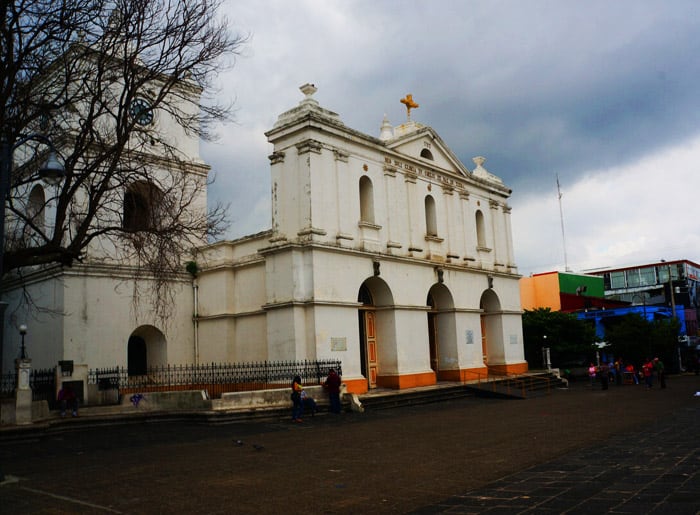HEREDIA — While Costa Rica is undoubtedly more famous for natural landscapes than man-made attractions, it doesn’t mean the country is bereft of cosmopolitan offerings. Heredia, a short distance from San José in the Central Valley, is one of Costa Rica’s most historic and charming towns.
Locals may tell you that Heredia is most famous for its traffic, as the city is home to the lion’s share of headquarters for multinational corporations in Costa Rica, including IBM, Hewlett Packard and Dell, and the sheer number of people driving into the area leads to congestion. But morning commute hours aside, Heredia’s downtown is full of Spanish colonial architecture and offers a unique glimpse into Costa Rica’s history.
The city was founded in 1706 by Spanish immigrants from Cartago in search of a location for a new chapel to preach to the region’s indigenous population. The city later grew to prominence because of its location in Costa Rica’s prime coffee-growing region. Indeed, Café Britt has a plantation and roaster in the province.
Spanish settlers originally used a small, wooden chapel for worship. In 1797, it was replaced with the grander, and more solid, Iglesia Inmaculada Concepción de Heredia, which still dominates the city center today. With a Spanish neoclassical façade, Roman-style columns, stained-glass windows from France and bells from Cuzco, Peru, the church feels like a museum with artifacts from around the world.
Despite multiple earthquakes in the region, the church has survived and been in continuous use since it was built, in large part thanks to eight buttresses that help to reduce impact from tremors.

Iglesia Inmaculada Concepción de Heredia sits at on the edge of Nicolás Ulloa Soto Central Park. Here mango trees flank grassy knolls and cobblestone walkways as old men play chess and children chase bubbles. The dominating feature of the park is an iron-plated English fountain, installed in 1885 to celebrate the creation of a water and sewer system in town. Central Park is also home to a gazebo that occasionally hosts local musicians and dancers, as well as a scattering of statues that commemorate the history of the province.
Across the street from Central Park is El Fortín, a guard tower constructed in 1867 by the Spanish. The tower is all that remains of a fortress designed by Fadrique Gutiérrez, a commanding officer, artist and architect. He designed many buildings and sculptures found throughout the province, but El Fortín is his most famous work. It is now the official symbol of Heredia, seen on the province’s flag.
In front of the fort is a Monument to Volunteers. Depicting a man carrying a child on his back, the monument pays homage to those who served in the volunteerism movement of the 1860s with the founding of the Red Cross and Half Red Moon organizations.
Next to the fort is Casa de Cultura. Once the home of Alfredo González Flores, the 21st president of Costa Rica, this adobe house is now a cultural center. The museum’s exhibits make an essential stop for visitors looking to get a fuller picture of Heredia’s history.
Other buildings of note in the city include the Government, Mail and Telegraph Building, República de Argentina School, and the remains of a match factory. Heredia is also home to several universities, including National University of Costa Rica and Universidad Hispanoamerica.
But one need not be a history buff to enjoy strolling around the colonial buildings found downtown. Costa Rica is known for its natural wonders, Heredia is a pleasant city escape that offers a change of pace and plenty of eye-catching monuments. Just avoid visiting during morning rush hour.






